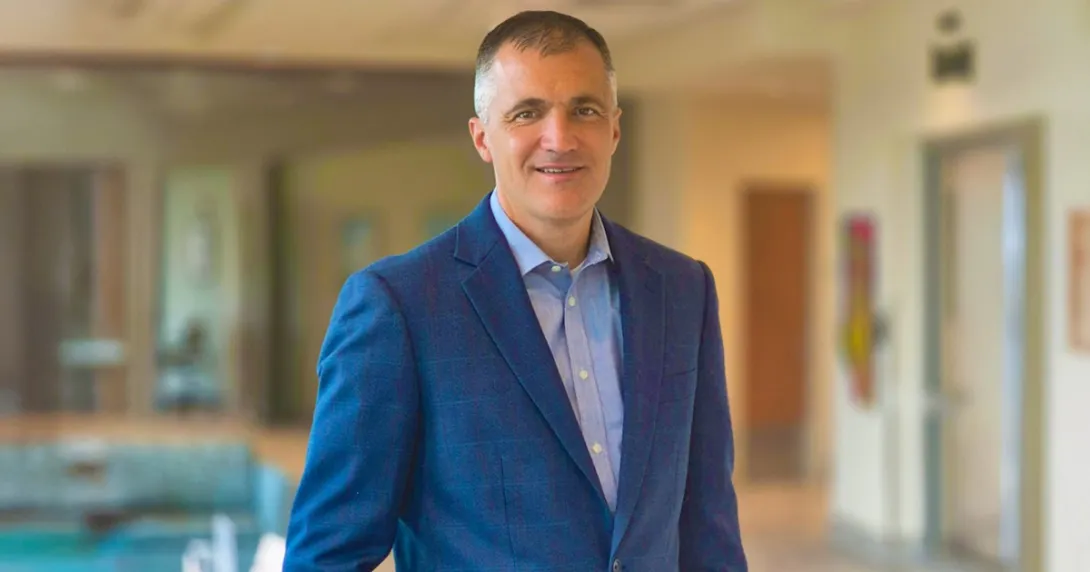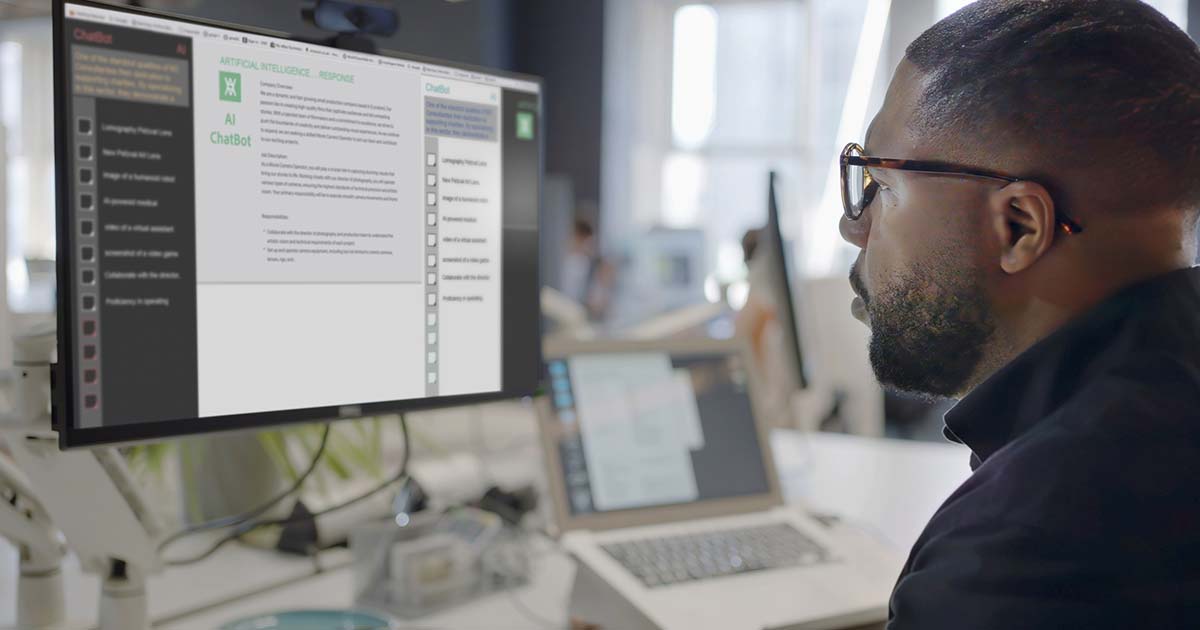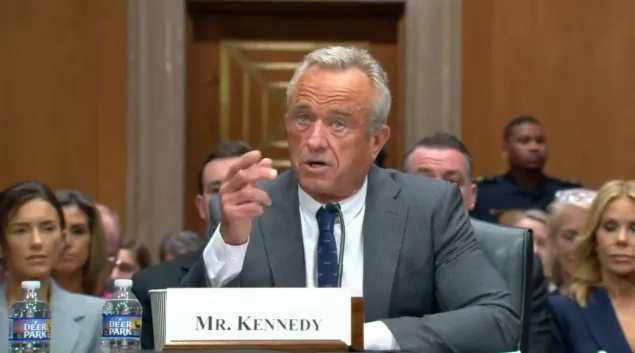
Ohio's Wooster Community Hospital Health System comprises a 173-bed acute care hospital and several clinics offering a full range of inpatient and outpatient services. It had just come through the COVID-19 pandemic, and as with any health system, it had nurses who were experiencing burnout. A lot of them were looking to get out of the profession altogether or trying to find better hours or better situations.
THE CHALLENGE
So, the health system's administrative team began discussing what they could do to make nurses' jobs as easy as possible. Nurses have a tremendous job taking care of patients. It's not easy. They're the backbone of a healthcare institution, said Eric Gasser, RN, vice president of information systems and CIO at Wooster Community Hospital Health System.
"We looked at recruitment and retention strategies, improving our benefits, but also what we could do from a technology standpoint to ease their burden," he explained. "That's where we started to consider our documentation and what we've asked them to do over the years.
"A lot of times whenever a new regulatory requirement comes out or we have to do something for the Joint Commission, we stick it on a nursing screen and ask them to do it for us because we don't necessarily have another good place to do it," he continued. "We've never really taken the time to go back, look and ask, 'Does it still make sense to ask this question? Are nurses still the people who need to answer this question?' And that's where this thought process was born."
Then Wooster Community turned to both its nurses and its EHR vendor, Meditech, which offered to sponsor the health system to be part of the Arch Collaborative.
The KLAS Arch Collaborative is a group of provider organizations and health IT vendors, including Meditech, focused on improving the EHR experience for physicians and nurses. It uses standardized surveys, collaborative learning and benchmarking to identify best practices and actionable insights for optimizing EHRs.
"Once we did that survey and we could see what we already knew, that nurses were not happy, it took off from there," Gasser said.
PROPOSAL
The proposal was to get nurses involved. They're the frontline staff, so they are the ones using the systems. Who better to tell Wooster Community what's working well and what's not, Gasser noted. And leaders felt by involving nurses that would also give the caregivers a sense of ownership.
Leaders solicited nurses' feedback to tell them areas the nurses feel there's duplicative documentation or the system is not optimized as effectively as it can be.
"By getting their feedback, we were able to go right to the source and then try to address that need directly," Gasser explained. "They gave the feedback to nursing leads who filtered through everything to make sure it wasn't just one person's opinion, that it was something the whole unit felt was needed. We took those things and then communicated back to them.
"There was two-way communication," he continued. "This was to give them a sense of ownership and purpose and to know they have a voice in the way things are designed in our health system."
MEETING THE CHALLENGE
Wooster Community involved its nurses by giving them a form that asked them what could be improved. The form, for example, included checkboxes for duplicative documentation, redundancies and inefficiencies, among many other things.
"There was a nurse lead on each nursing unit who would filter those, and then they would submit them to a shared spreadsheet," Gasser explained. "And through that whole process, every department had a representative. We had 150 suggestions. I expected probably 50.
"From there, we had a group of nurses, IT clinical analysts and other leaders," he continued. "We got together one day and we spent the whole day going through every single request. We categorized them by what the request was asking for."
Was it something from a workflow standpoint? Was it something Meditech needed to advise if their technology could be changed? Was it a regulatory change staff needed expertise from elsewhere? Did nursing leadership need to weigh in?
"We systematically went through all that," he said. "We assigned roles to people to follow up on those 150 things. And then we went to town, starting to chip away. We focused on those things that were quick wins, those things we could do and make an immediate impact.
"Then we worked through the whole list of things," he continued. "We got through 81 of the 150 suggestions, which was something that really made me proud. Obviously, you'd love to get to all 150 of them, but that was not realistic."
Gasser said one thing staff did very well was communicate throughout the project.
"At first, we started making changes as we could," he noted. "But then, if you're a nurse and you're trying to absorb all the changes coming on any day of the week, it could be confusing. So, we changed to doing that more in a systematic way.
"Changes were communicated a week in advance," he continued. "Here's what's coming, here's what's going to happen, here's how it's going to make your life easier. And then on this date, we're going to implement that change. And along with that came any education they might need to know about. That really worked well."
Staff also kept a running clock: Here's how many hours saved for nurses so far, how many clicks reduced and how many fields eliminated. Every two weeks, as IT staff made changes, that clock kept going up and up. IT staff received good feedback on this front.
"Another good part of the process was just after the survey came back and we got word that nursing was a little unsatisfied with things, I personally attended every staff meeting and reviewed the results with them," Gasser recalled. "And they saw that we do care. We're here to help them. That made an impact on the whole process as well, that they trust us, that we're here to look out for what's best for them."
RESULTS
Wooster Community achieved powerful results on those 81 suggestions they tackled. It reduced nursing documentation time by an estimated 1,500 hours per year and reduced clicks by 2.7 million per year. And it increased the nurses' Net EHR Experience Score by 20.1%.
"Saving real time out of a nurse's workday was what we were looking for because we wanted to give them more time back at the bedside," Gasser said. "For example, Meditech came up with a new function in their system that allows the handoff communication process to work more smoothly. Whenever you have a new patient and you're handing off the patient to another nurse, you want to make sure that is communicated well.
"The prior process for a new admit required the nurses to document in 29 additional fields," he continued. "We were able to get rid of the 29 fields they previously had to document to communicate to the next nurse because the technology now allows this information to automatically populate in a way the next nurse can see."
Then, on a subsequent shift handoff, after the patient's been in the hospital a while and a nurse is handing off to the next nurse, IT staff eliminated seven documentation fields.
"So the savings in that one little thing were tremendous," Gasser added.
ADVICE FOR OTHERS
When it comes to involving nurses in the IT process, Gasser, the CIO who is a nurse, advised his peers at other hospitals and health systems to do it.
"It's essential to get feedback from your frontline staff to know where you're at," he said. "We've always been a very high-performing organization. We're a medium-sized community hospital. We've won numerous awards. We're used to striving to be the best, and you can't be the best if you don't really measure where you're at.
"We felt it was imperative to do so and get the voice of our customers, if you will, from an information systems standpoint," he continued. "So, my advice is to do that. Sometimes you don't want to see the results because you're afraid of what they might say. But my advice is to do it and then to involve your customers in solving the problem, because who better to give you advice on how things can be improved than those who are actually using the technology on the frontline."
Click here or below to watch a brief video of bonus content with Gasser, who discusses where IT can help nurses with major challenges and offers tips for health IT leaders working with nurses.
Follow Bill's health IT coverage on LinkedIn: Bill Siwicki
Email him: bsiwicki@himss.org
Healthcare IT News is a HIMSS Media publication.
WATCH NOW: Wisdom on nurses and IT from a health system's nurse CIO


